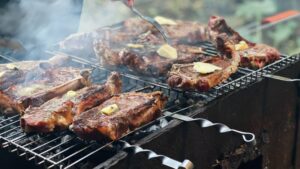
How To Enhance Your DIY Meat Probe with Voice Control Features
Every culinary enthusiast knows the importance of a perfectly cooked steak, and that’s where a meat probe comes in handy. But what if we could
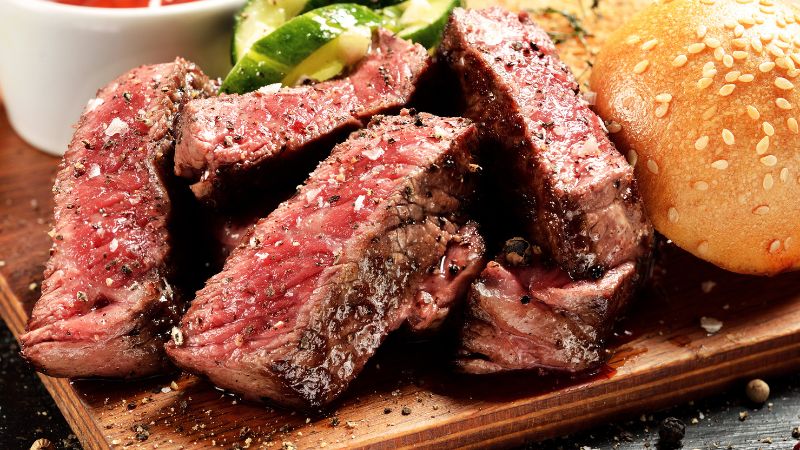
Welcome to our simple and clear guide to making a medium-rare burger. Whether you’re a beginner or a seasoned grill master, you’ll learn everything you need to know about crafting the perfect medium-rare burger, from ideal temperatures to essential cooking techniques.
When aiming for a medium rare burger, it’s important to know the right temperature for grilling. Medium rare burgers are popular for their juicy and tender meat.
The perfect medium rare burger temp is between 130 to 135 degrees Fahrenheit. At this temperature, the ground beef will have a pinkish-red center, while the outside of the patty will be golden brown with minimal charring.
To reliably achieve a medium rare burger, using a meat thermometer is essential. This tool helps you precisely gauge the meat’s internal temperature, ensuring you get the desired grilling outcome.
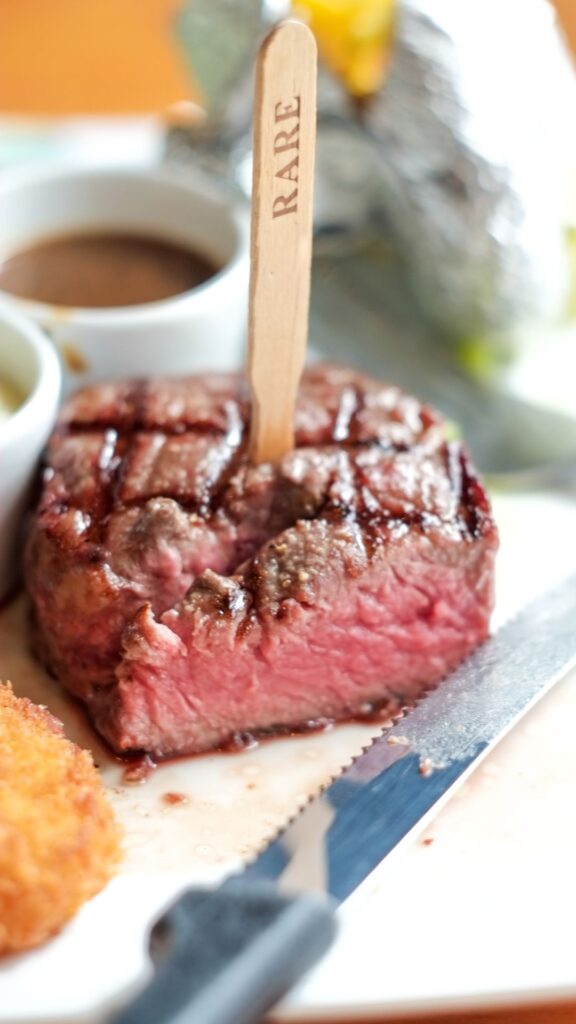
The USDA advises against eating medium-rare burgers.
They state that raw or undercooked meat can contain harmful bacteria. The USDA’s recommendation is to cook meatloaves, meatballs, and hamburgers to a safe minimum internal temperature of 160 °F (71.1 °C) to ensure all bacteria are destroyed. They suggest using a food thermometer to check this temperature.
I personally prefer to cook my burgers until there’s almost no pink left, to be safe.
Still, I know many people who enjoy medium-rare burgers regularly.
It’s common for individuals to cook burgers aiming for 160 °F, only to cut into them and find some pink. This is where a good meat thermometer becomes essential, allowing you to accurately check the temperature before cutting into the meat and stopping the cooking.
If you’re keen on a safer medium-rare burger, consider grinding the meat yourself. Grocery stores and butcher shops are more susceptible to bacterial contamination in their work areas.
By grinding whole muscle cuts in your kitchen, you can maintain a cleaner environment for your ground beef.
Ultimately, it’s a personal choice, based on each individual’s level of risk tolerance, whether to eat medium-rare burgers or not.
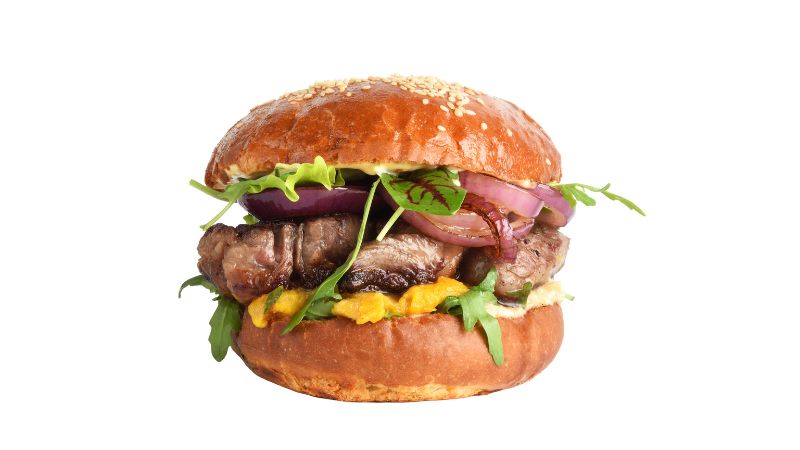
If you’re aiming for a medium-rare burger, here’s a step-by-step guide for the best results:
Grill burgers for 2 1/2 to 3 minutes per side. Look for 130-135 degrees F on the thermometer reading.
How to tell if your burger is medium-rare
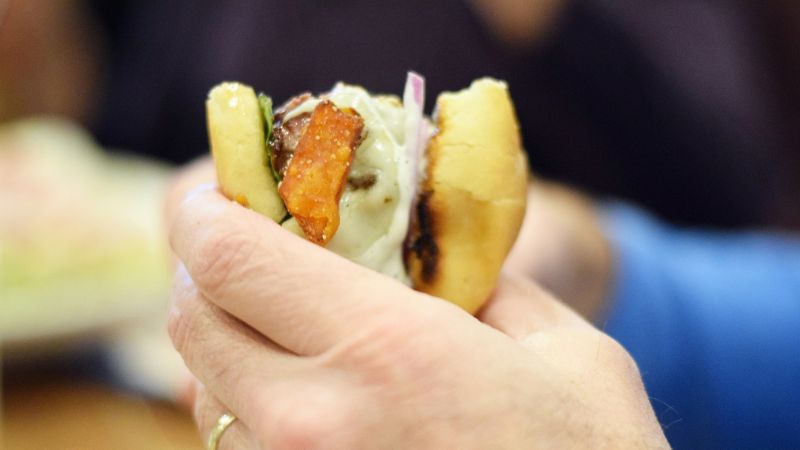
Different levels of doneness in a burger. Depending on your preference, there are various levels of doneness for a burger. Here’s how to achieve each one:
Grilling a rare burger:
Rare burgers aren’t for everyone and are only recommended if you use high-quality beef that you’ve ground yourself.
Grill the patty for 2-3 minutes on each side. This cooks the outside while keeping the inside rare, resulting in a warm, red, soft, and spongy center.
Grilling a medium rare burger:
For a medium rare burger, sear the patty for 3-4 minutes per side.
This method aims for an internal temperature of 125 to 135 degrees, giving you a pinkish-red center and a golden-brown, slightly charred exterior. The meat should be juicy, tender, and offer some resistance.
Grilling a well-done burger:
Some prefer well-done burgers for safety reasons. Grill the meat for about 12 minutes on each side. The burger is well-done when it’s brown throughout, with no pink or red.
The internal temperature for a well-done burger should reach 160 degrees F.
When grilling thicker burger patties, remember they will need more time to cook. Stay attentive and patient at the grill. These cooking times are based on using high, direct heat. Avoid grilling your burgers on low heat, as this won’t give you the desirable, flame-kissed crust that’s a highlight of any cookout.
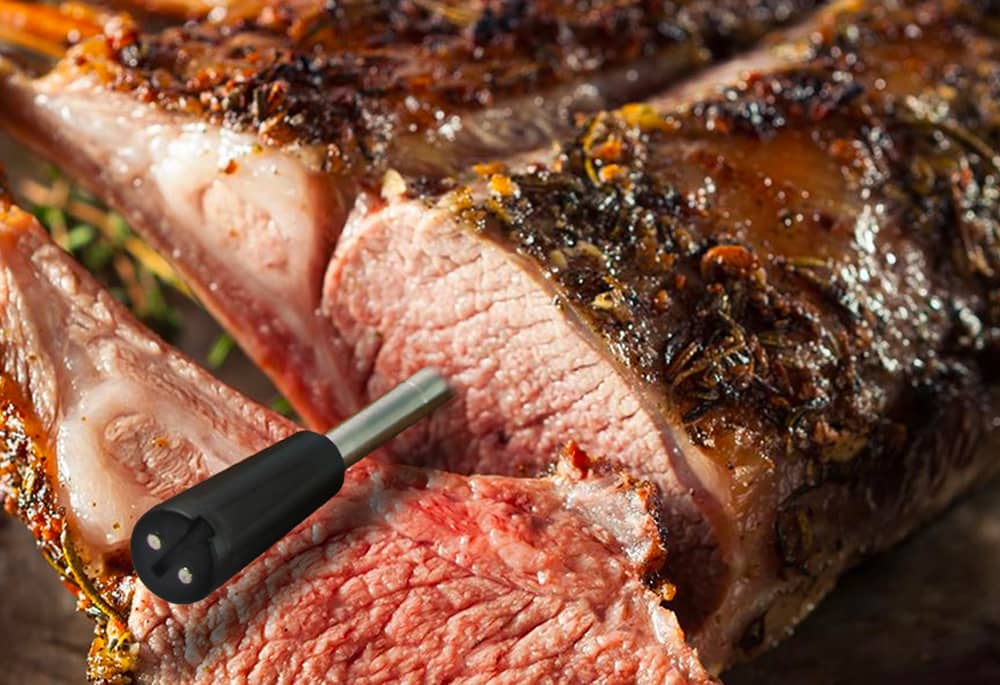
Regardless of whether you prefer a medium rare or well-done burger, having the right tools, like a meat thermometer, to check the internal temperature is crucial. This ensures that you achieve your desired level of doneness accurately.
Grilling and food safety on USDA. Click here.
Proper Cooking Temperatures for Safe Food At Home: Use Proper Cooking Temperatures to Ensure Safe Food, click here.
How to Grill the Perfect Burger from Foodnetwork, click here.
Safe Handling of Raw Beef, document from here.
Use of Meat Thermometers in Cooking from Realsimple, click here.
Guide To Internal Temperature for Burgers. Burger Doneness Chart and Safe Cooking Tips, click here.


Every culinary enthusiast knows the importance of a perfectly cooked steak, and that’s where a meat probe comes in handy. But what if we could

When it comes to cooking perfection, a meat probe is an indispensable tool for any chef or home cook. But in the world of meat
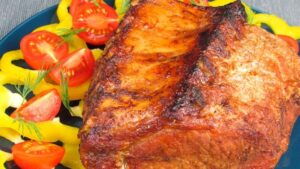
The moment you bring a meat probe into your kitchen, it’s not just about cooking anymore; it’s about precision, about transforming an ordinary meal into

Ever questioned if a meat probe could be your secret weapon for the perfect roast chicken? It’s a culinary showdown: the precision of a meat
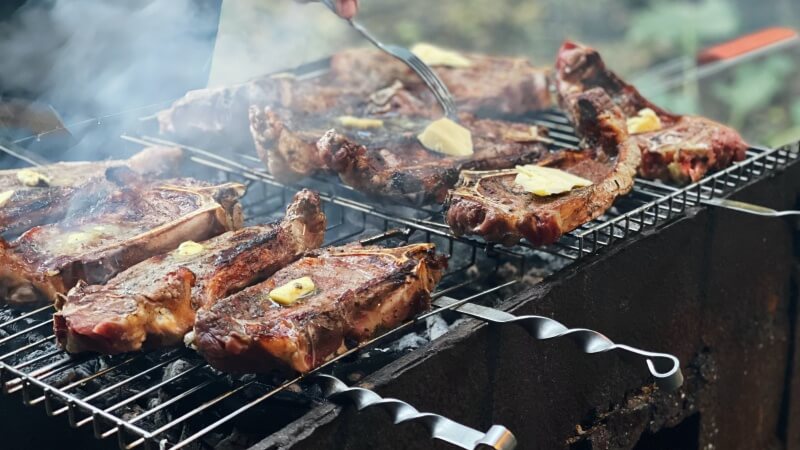
Every culinary enthusiast knows the importance of a perfectly cooked steak, and that’s where a meat probe comes in handy. But what if we could

When it comes to cooking perfection, a meat probe is an indispensable tool for any chef or home cook. But in the world of meat
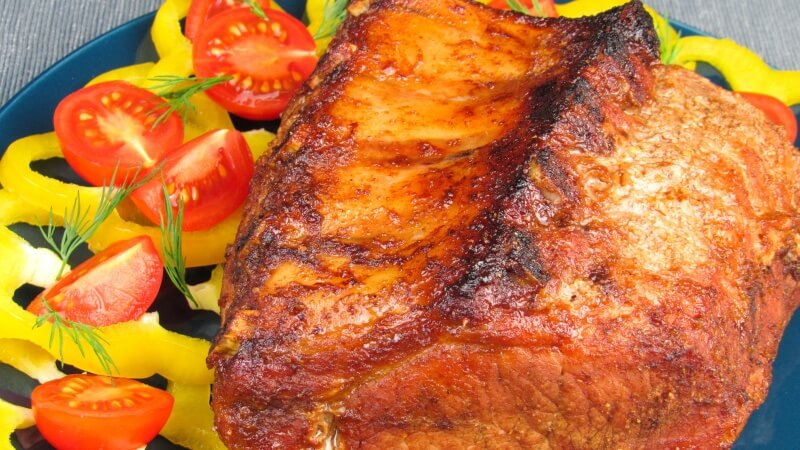
The moment you bring a meat probe into your kitchen, it’s not just about cooking anymore; it’s about precision, about transforming an ordinary meal into

Ever questioned if a meat probe could be your secret weapon for the perfect roast chicken? It’s a culinary showdown: the precision of a meat
Copyright © 2024 meaterprobe. All Rights Reserved.